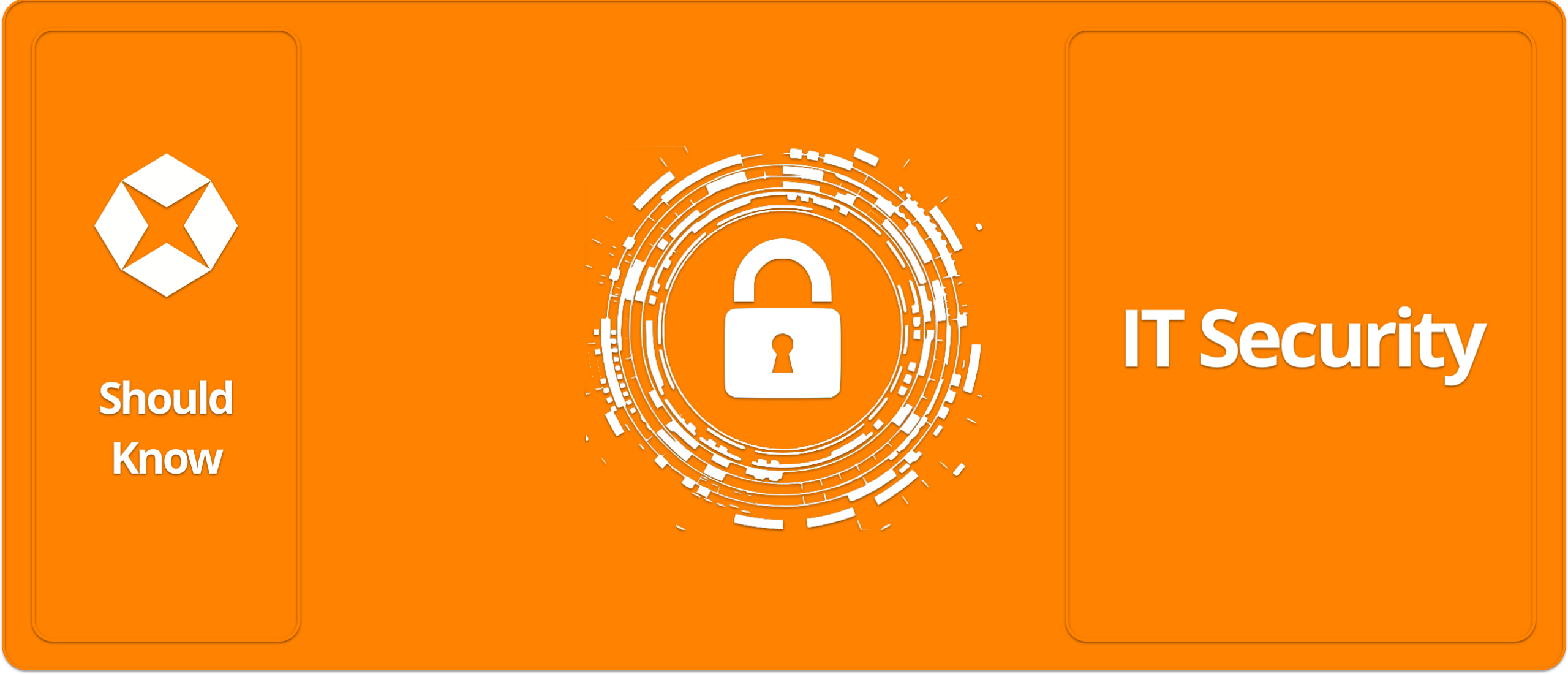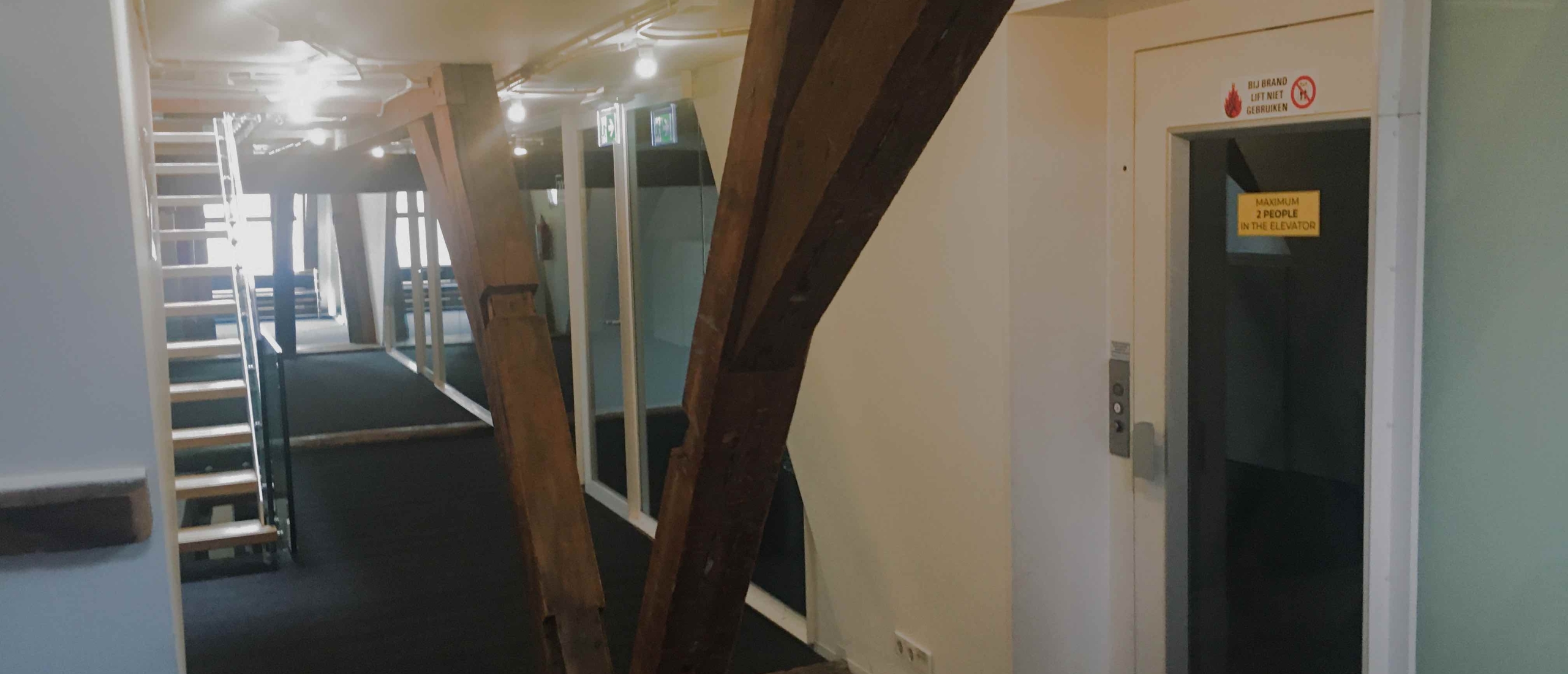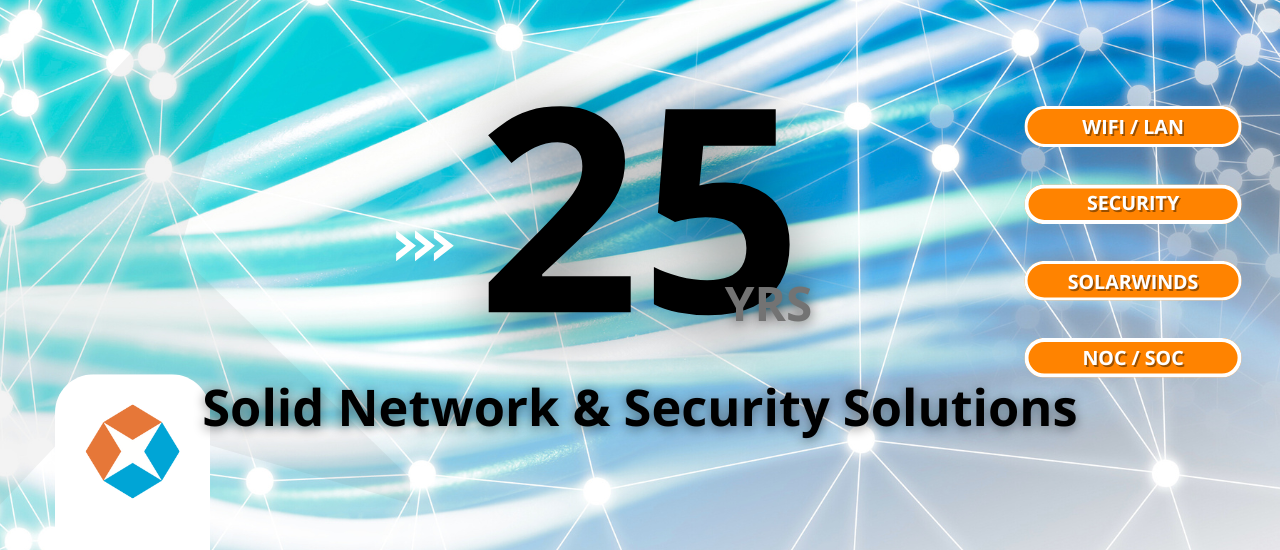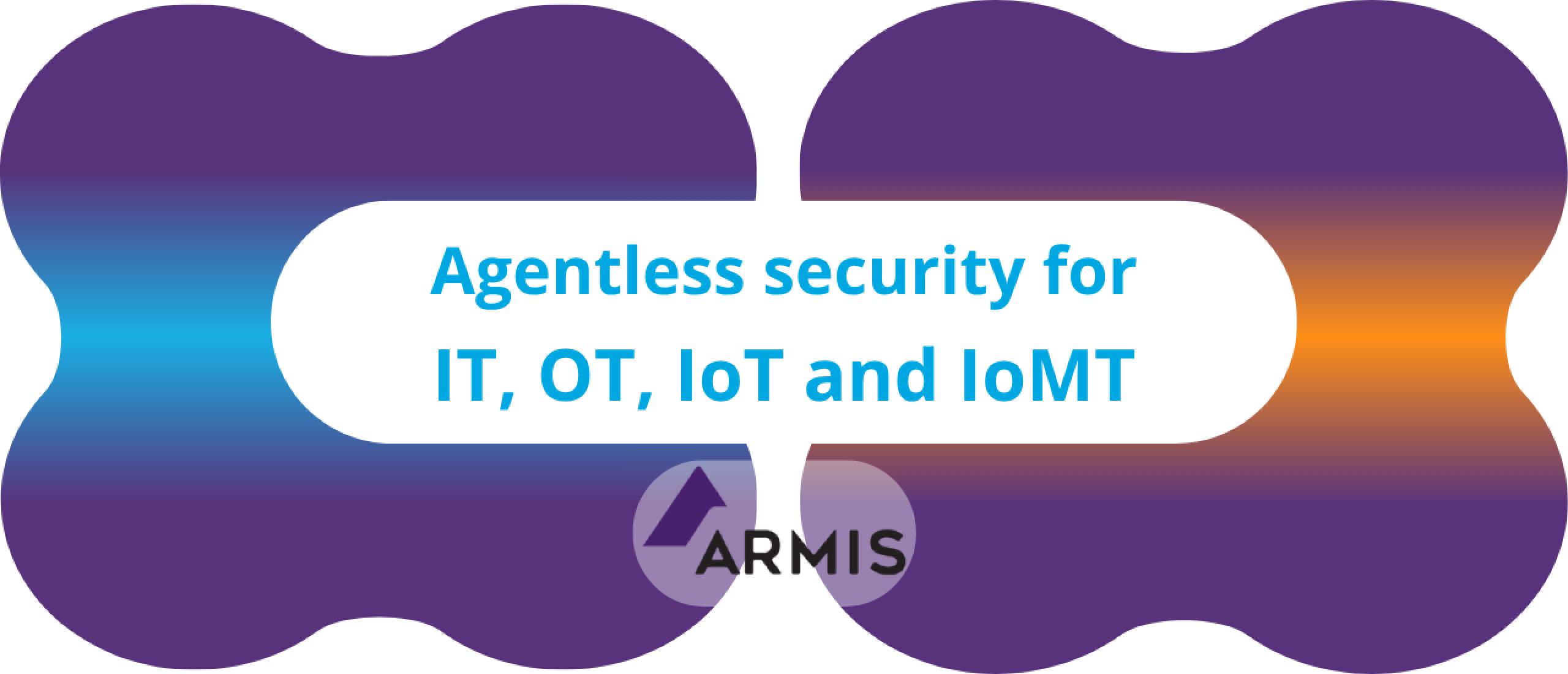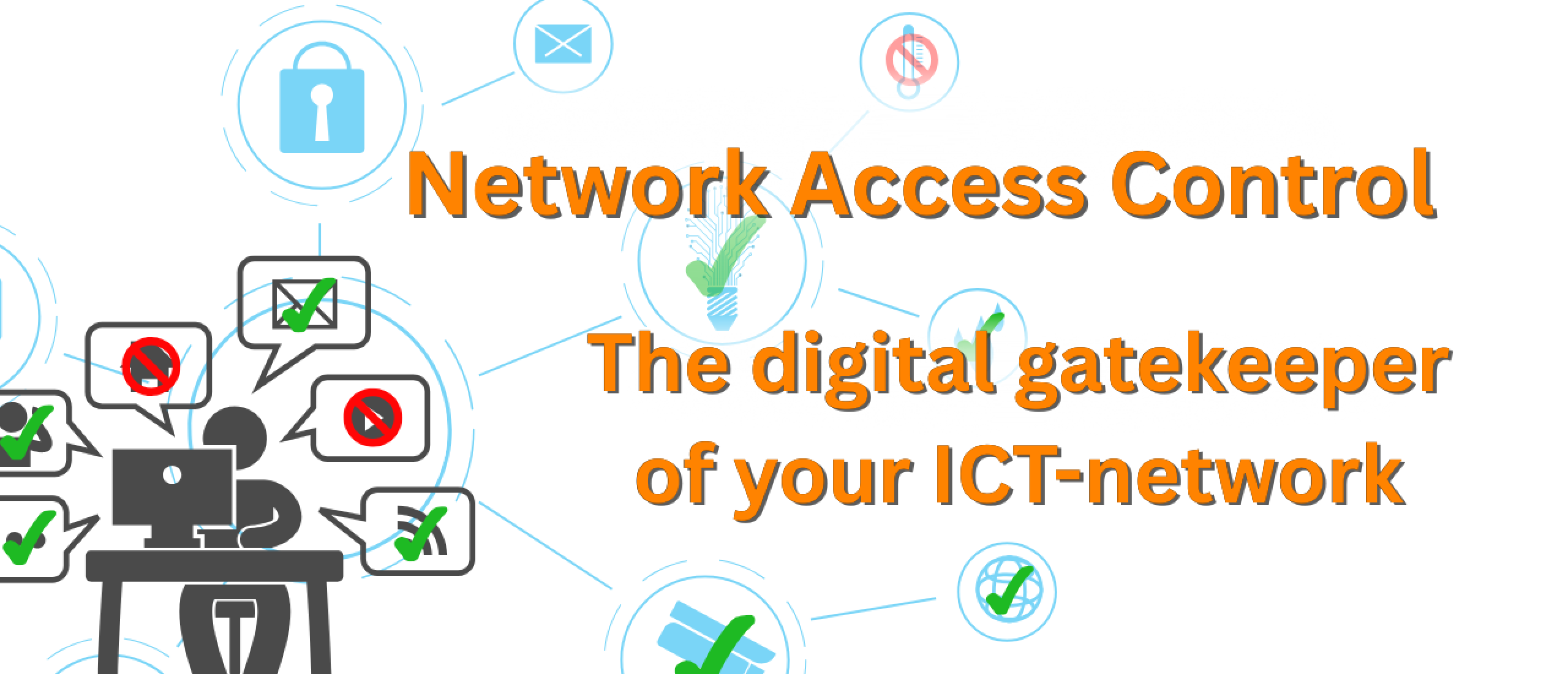
WiFi 6 E – What is the added value?
6 E = WiFi 6 Extended. The superlative of WiFi 6.
- More / wider channels
- Gigabit speeds
- Extremely low latency
- Huge capacity
How can you benefit from WiFi 6E?
6GHz frequency (partly) available
WiFi 6E is known as the worldwide extension of the WiFi spectrum. In addition to the 2.4 GHz and 5 GHz bands, the 6 GHz band has also been made available for use by WiFi equipment. For Europe, however, only part of the 6 GHz band will be opened, the frequency band between 5945 to 6425 MHz.
The Dutch government has recently ratified this adjustment. Due to this expansion, this frequency band can now also be used for mobile communication, short-distance equipment and broadband data transmission equipment.

6 GHz – more channels and wider bandwidths
In WiFi 5 and 6, due to the limitation in the number of channels, channel widths of 20 MHz and 40 MHz are often used to prevent adjacent and co-channel interference. WiFi 6E, with the extra 6 GHz band, has more channels available. This offers the possibility to use wider channels such as 80 MHz and 160 MHz. Thanks to these wider channel widths, the new techniques introduced in WiFi 6 (ax) can be optimally used to increase the speed even further.
WiFi 6 E – additional radio in the AP
A new technology is usually also more expensive. In the case of Wifi 6E, an extra radio is added to the access points (tri-band) during production. This has consequences for the price of the access points (AP). Investing in a WiFi 6E network must therefore really provide an essential addition to your organization.
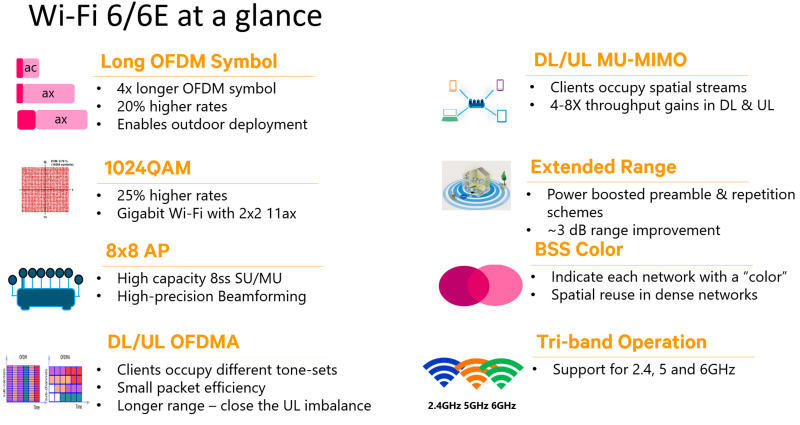
Is it time to witch to WiFi 6E?
Switching now is only essential if you have specific applications in your organization that use a lot of bandwidth. Think of 4K or 8K video use, but also applications that move a lot of data. In addition, the clients on your ICT network must also support the new technologies in order to actually benefit from WiFi 6E.
If none of that is the case, then a multi-year plan is a better solution. The transition to a WiFi 6 E network involves much more than just replacing the access points. The purchase of the WiFi 6E access points alone is currently still a major investment.
Using a lot of data will also have an impact on your existing network. Think of link rates on your switches of 5 and 10 Gbps, but also of the cabling of your ICT network. WiFi 6E requires a minimum of Cat 6a cabling.
In order to make optimal use of the benefits of WiFi 6 E, will probably also need to check whether the switches, routers, clients and cabling of your ICT network can keep up, in addition to replacing the APs.
The weakest link in the ICT network ultimately determines which speeds are actually possible.


